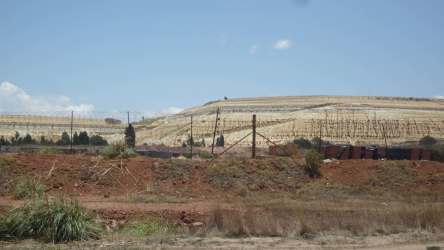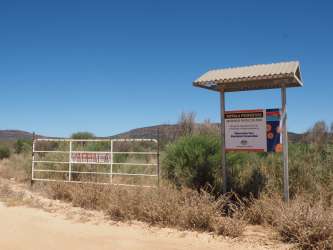Worst known radioaktive Dump in Johannesburg
Uranium quantities to be as much as 4000 times natural levels

Radioactive City
Johannesburg sits atop the world’s most productive gold reef - a staggering 40 000 tons of the precious metal has been mined from it during a history tracing back 130 years.
That legacy of riches has left behind a toxic inheritance: radioactivity from uranium hauled up in the mining process.
“There are 400,000 people in the area who are subjected to this environment and yet the government is unwilling to consider the health impact.”Waste rock from hundreds of mines that have been developed over the years has been deposited around Johannesburg in mounds that cover a combined area of 400,000 square kilometres and can be as many as 10 stories high.
Scientists have found uranium quantities in rivers west of the city to be as much as 4 000 times natural levels and in tap water as much as 20 times higher.
A soil sample taken by Bloomberg News and tested by government-certified WaterLab Ltd. from pumpkin roots grown a little more than a mile from a recently closed gold mine contained than background levels considered normal by the International Atomic Energy Agency.
Residents of Johannesburg and surrounding communities live among an estimated 600 000 metric tons of uranium buried in waste rock and covering an area four times the size of Manhattan, according to university researchers.
South Africa will be forced to spend about $2.7 billion on cleaning up its nearly 6,000 abandoned mines, the World Wildlife Fund said in a 2012 report, citing the country’s auditor general.
Of the country’s working mines, almost 40 percent don’t have adequate funds available for rehabilitation, according to the Department of Mineral Resources’ 2012-2013 annual report.


